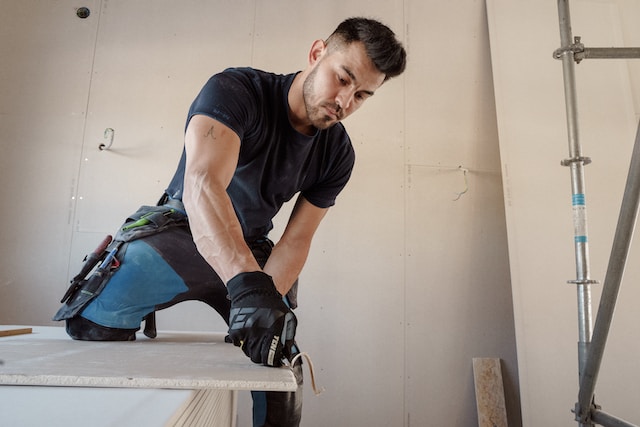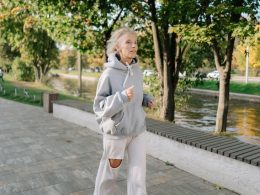Introduction:
In the vast realm of measurement, the use of body parts as units has persisted throughout human history. From the humble inch to the enigmatic foot, these measurements rooted in our own anatomy have left an indelible mark on our understanding of the world. In this report, we explore the enduring legacy of body parts in our units of measurement, delving into their historical origins, cultural significance, and practical applications.
Historical Origins:
The origins of body-based measurements can be traced back to ancient civilizations where the human body served as a universal reference point. These early societies relied on the familiarity and accessibility of body parts to establish standards of measurement. The inch, for example, was originally derived from the width of a thumb, while the yard found its roots in the length of the human stride.
Cultural Significance:
Beyond their practicality, body-based measurements hold cultural significance. Different societies have assigned meaning to specific body parts, giving rise to unique measurement units. In Japan, the sun, which is the width of a thumb at arm’s length, is used for traditional architectural measurements, reflecting a deep connection to craftsmanship and harmony with nature. Similarly, the palm, a measurement unit derived from the width of an individual’s palm, holds cultural significance in various regions across the globe.
Practical Applications:
Body-based measurements continue to find practical applications in diverse fields. In sectors such as fashion and clothing, measurements like bust, waist, and hip sizes directly relate to specific body parts, allowing for accurate garment fitting. The use of body parts as reference points in medicine is another example. Doctors rely on measurements such as height, weight, and body mass index (BMI) to assess patients’ health and monitor their progress.
Standardization and Evolution:
As societies advanced, the need for standardization arose. Standard units of measurement, detached from the human body, were developed to ensure consistency and facilitate global communication. This shift to standardized measurements, such as the metric system, was driven by scientific progress and the desire for international uniformity. However, the legacy of body-based measurements remains embedded in our language, culture, and everyday interactions.
Language and Idioms:
The influence of body parts in measurements extends beyond the numerical realm. Idioms and expressions rooted in body-based measurements have become an integral part of language and communication. Phrases like “hands-on experience,” “keeping an eye on something,” or “getting a foot in the door” illustrate the pervasive presence of body parts in our everyday speech.
Understanding Cultural Context:
To fully comprehend the significance of body-based measurements, it is crucial to consider the cultural context in which they originate. Different cultures may assign distinct meanings to specific body parts, reflecting their values, beliefs, and historical experiences. Recognizing and respecting these cultural nuances fosters cross-cultural understanding and appreciation.
Preserving Cultural Heritage:
Body-based measurements serve as a link to our cultural heritage and provide a sense of continuity across generations. They carry the wisdom and traditions of our ancestors, reminding us of our shared human history. By acknowledging and preserving these measurements, we honor the ingenuity and resourcefulness of past civilizations.
Conclusion:
The enduring legacy of body parts in our units of measurement is a testament to the human quest for understanding and organizing the world around us. While standardized measurements have become dominant, the cultural significance, practical applications, and historical roots of body-based measurements continue to shape our language, industries, and collective identity. Embracing and appreciating this legacy allows us to maintain a connection to our shared past while navigating the complexities of the present.












